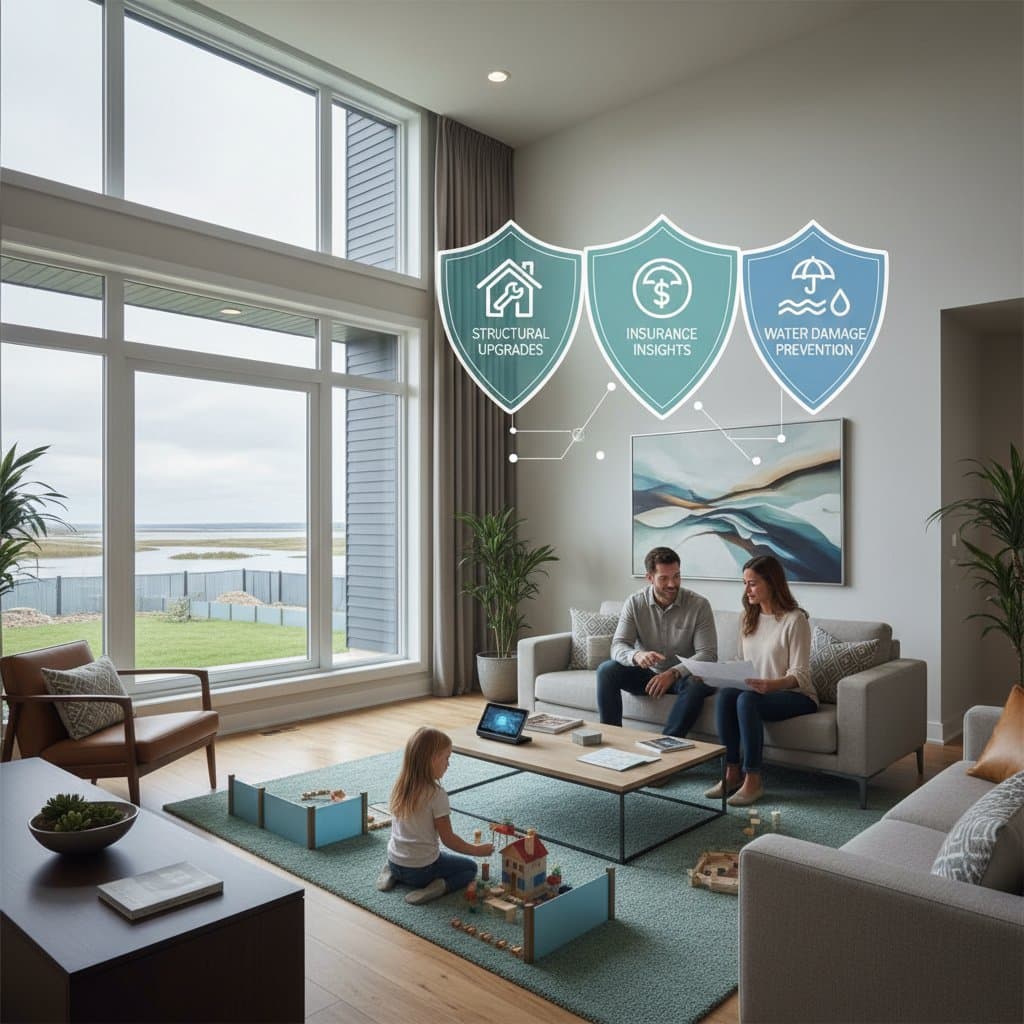Hidden Solar Roof Warranty Gaps in 2025
Summary Box
National average cost: $22,000 for a roof-mounted solar system on a 2,000 square foot home
Typical range: $18,000 to $30,000
Low end and high end: $12,000 for small systems, up to $45,000 for premium integrated solar roofs
Time to complete: 2 to 5 days of installation, plus inspection and utility connection
DIY or Pro: Licensed pro only
ROI or resale impact: 70 to 90 percent return depending on energy rates and incentives
Updated: March 2025
Cost Breakdown
| Item | Unit cost | Typical quantity | Line total | Notes |
|---|---|---|---|---|
| Solar panels | $0.90 to $1.25 per watt | 6,000 watts | $5,400 to $7,500 | Monocrystalline panels with 25-year output warranty |
| Inverter | $0.25 to $0.40 per watt | 6,000 watts | $1,500 to $2,400 | Central or microinverter system |
| Mounting hardware | $0.15 to $0.30 per watt | 6,000 watts | $900 to $1,800 | Includes roof attachments and rails |
| Labor and installation | $0.90 to $1.30 per watt | 6,000 watts | $5,400 to $7,800 | Licensed solar contractor labor |
| Electrical upgrades | Flat cost | 1 panel upgrade | $1,000 to $2,500 | Breaker panel or line upgrades |
| Roof prep or repair | Per square foot | 50 to 150 square feet | $400 to $1,200 | Flashing, underlayment, or re-shingle around mounts |
| Permits and inspection | Flat cost | 1 project | $300 to $800 | Local jurisdiction fees |
| Disposal and cleanup | Flat cost | 1 project | $150 to $400 | Includes packaging and debris removal |
Typical total: $15,000 to $24,000 for roof-mount systems, not including major roof replacement.
Hidden Warranty Gaps
Solar installations combine roofing and electrical work, each backed by distinct warranties. The solar provider covers system performance, while the roofing specialist addresses weatherproofing. Overlaps create vulnerabilities when problems arise at the intersection of these elements.
Consider a scenario where water infiltrates around a panel mount. The solar team might attribute the issue to pre-existing roof defects, whereas the roofer could argue that the penetrations themselves invalidated their protection. Such disputes leave homeowners bearing unexpected repair bills.
Another common challenge emerges if the underlying roof requires replacement midway through the solar system's lifespan. The process of detaching and reattaching panels risks compromising components on both sides, potentially nullifying coverage entirely.
Structural concerns add further complexity. Moisture trapped under panels can erode sheathing over time. Without comprehensive maintenance documentation, neither party may accept liability for the resulting damage.
Typical Warranty Periods
- Solar panels: 20 to 25 years on power output
- Inverters: 10 to 15 years
- Workmanship from installer: 5 to 10 years
- Roof materials: 25 to 50 years, but labor coverage may be only 5 to 10 years
When separate entities handle the roofing and solar aspects, accountability often fragments during cross-system failures. To mitigate this, engage a single contractor for oversight or negotiate explicit shared obligations in the contract.
How To Save Without Regret
Approach solar adoption with foresight to sidestep warranty pitfalls and control expenses.
-
Assess roof integrity upfront. Roofs exceeding 10 years in age warrant a full replacement prior to solar integration. Postponing this step invites removal costs of $2,000 to $5,000 when leaks demand attention later.
-
Seek unified warranty options. Certain solar providers offer extended coverage for roof penetrations, spanning 10 years or beyond, simplifying claims.
-
Select endorsed mounting solutions. Opt for hardware certified by the shingle producer to safeguard the original roof warranty.
-
Obtain multiple proposals. Compare at least three detailed bids using this checklist:
- Itemized scope of work
- Specified material brands
- Inclusion of roof preparation and flashing
- Transparent permits and disposal costs
- Clear warranty durations and transfer provisions
- Milestone-based payment terms
-
Schedule strategically. Off-peak timing can reduce labor expenses by 5 to 10 percent.
-
Maintain thorough records. Retain all invoices, warranty documents, and service logs. Providers frequently reject claims absent evidence of correct setup and ongoing care.
Maintenance and Lifespan
Regular upkeep extends system durability and upholds warranty validity.
Care routines:
Clean panels annually or biannually with gentle water if debris accumulates. Steer clear of harsh tools that could scratch surfaces. Conduct visual checks of mounts and seals during routine roof or gutter maintenance.
Common failures and early warnings:
- Gradual efficiency decline exceeding 1 percent annually
- Inverter error signals or unexpected shutdowns
- Visible water marks or weakened decking beneath arrays
When to repair vs replace:
Prioritize inverter substitution if output falters without roof compromise. Tackle leaks or compromised decking through roof intervention before panel upgrades. Isolated fixes risk invalidating interconnected protections.
Regional Considerations
Climate influences warranty vulnerabilities and maintenance needs. In humid, high-heat areas, sealants around mounts wear quickly, requiring renewal every three to five years. Snow-prone regions face additional strain from cascading ice, where reinforced guards prove essential.
Coastal environments demand corrosion-resistant materials like stainless steel or aluminum for hardware. Local regulations might impose weight restrictions on roofs, shaping system design and coverage terms. Tailor choices to these factors for long-term reliability.
Securing Your Investment
Finalize agreements with transparency. Request written warranty summaries from all involved parties. Clarify leak remediation responsibilities tied to penetration failures. Insist on pre- and post-installation roof imagery for documentation. Verify that mounts preserve the roof's resistance to fire and wind loads. These steps transform potential risks into assured performance.



